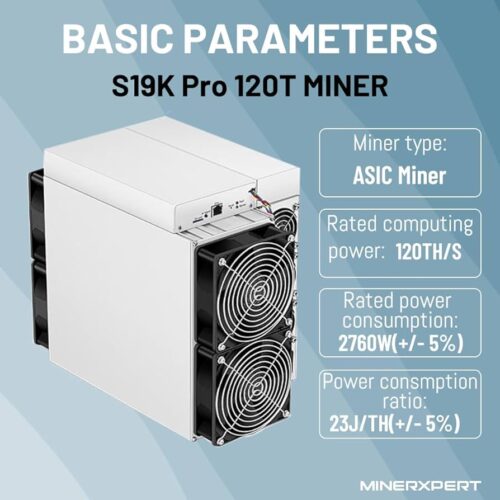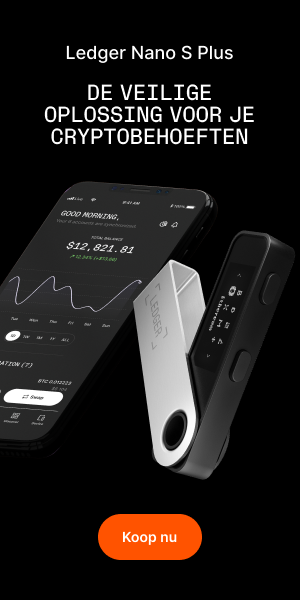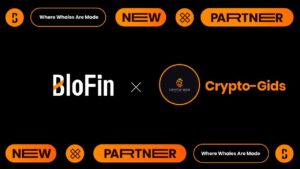Introduction to Cardano (ADA)
Cardano (ADA) is a decentralized proof of stake (PoS) blockchain that stands as a more efficient alternative to traditional proof of work (PoW) networks. The platform, founded in 2015 by Charles Hoskinson and launched in 2017, aims to evolve into a versatile system with multiple use cases, governed by those who have staked their cryptocurrency.
Ada: Cardano’s Cryptocurrency
Named after Augusta Ada King, Countess of Lovelace, Ada is Cardano’s native cryptocurrency used in the blockchain’s PoS consensus mechanism. It is earned as a reward for contributing to the blockchain or can be purchased on exchanges.
Key Points about Cardano (ADA)
- Foundation and Launch: Cardano was founded by Charles Hoskinson in 2015 and officially launched in 2017.
- Development Goals: Cardano aspires to be a decentralized application (dApp) development platform with a multi-asset ledger and verifiable smart contracts.
- Consensus Mechanism: Cardano employs the proof-of-stake Ouroboros consensus protocol, utilizing its native token, Ada.
- Historical Context: Positioned as an alternative to Ethereum, Cardano sees itself as a “third-generation” platform, aiming to provide banking services to the unbanked.
Comparison with Bitcoin
Cardano differs significantly from Bitcoin. While Bitcoin operates as a peer-to-peer payment system, Cardano functions as an ecosystem that enables developers to create tokens, decentralized applications (dApps), and other utilities on a scalable blockchain network.
Terwijl Cardano Proof-of-Stake gebruikt, maakt Bitcoin-mining gebruik van Proof-of-Work. U kunt hier meer leren over Bitcoin-mining
Ouroboros: Efficient Consensus Protocol
Cardano’s Ouroboros consensus protocol, introduced during its foundation phase, was the first proof-of-stake (PoS) protocol designed to reduce the energy consumption associated with proof-of-work (PoW) mining. By eliminating the massive computing resources used in PoW, Cardano minimizes energy and waste footprints.
Cardano Staking and Pools
In Cardano’s PoS system, staking determines a node’s ability to create blocks on the blockchain. Users stake their Ada to participate in the validation process and earn rewards. Staking pools, either public or private, enable users to collaborate, update the ledger, and earn rewards based on their staked Ada.
Smart Contracts Implementation
In 2021, Cardano introduced smart contract functionality through the implementation of the Alonzo update. This allows users to create smart contracts, non-fungible tokens (NFTs), and manage multiple assets. Future updates are expected to bring additional capabilities to the mainnet.
Choosing a Staking Pool
Selecting a reputable staking pool is crucial when staking Ada. Community-built tools such as ADApools.org, Cardanoscan.io, Pool.pm, Poolstats.org, and Pooltool.io, along with wallets like Yoroi, Exodus, Binance, and Daedalus, can aid in this process.
The Future of Cardano
Cardano is designed to progress through “eras” named after notable figures in poetry and computer science. The upcoming era, Voltaire, aims to introduce voting and treasury management, marking the completion of Cardano’s decentralization.
Acquiring Cardano (ADA)
Cardano can be obtained through cryptocurrency exchanges or by participating in the network. Unlike some cryptocurrencies, Cardano cannot be mined but must be purchased or earned.
Market Cap and Conclusion
As of December 13, 2023, Cardano boasts a market capitalization of approximately $22.2 billion. In conclusion, Cardano stands as a decentralized PoS blockchain with ambitions for full decentralization, marked by the addition of voting and treasury management capabilities in the future. The information provided is for informational purposes only, and readers are encouraged to conduct their research.











